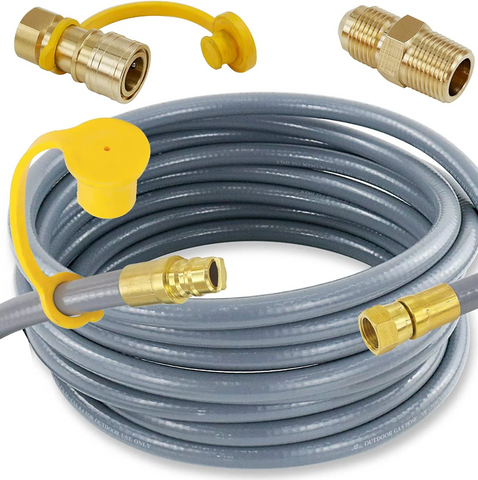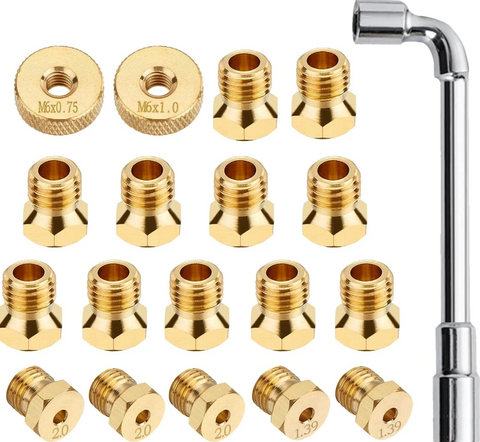Why Convert to Natural Gas?
Propane grills are a popular choice for outdoor cooking due to their portability and convenience. However, if you have access to a natural gas line, Converting a propane grill to natural gas offers advantages: cost-effectiveness, continuous fuel supply, cleaner burning, and fewer emissions compared to propane.
If you're considering making the switch, here's a step-by-step guide on how to convert your propane grill to natural gas.
Step 1: Check Compatibility
Ensure your grill is compatible with natural gas conversion. Check if it's designed for dual fuel and able to run off natural gas. Consult your owner's manual for conversion information.
Step 2: Gather the Necessary Tools and Materials
Once you've confirmed compatibility, gather the tools and materials you'll need for the conversion. This typically includes a natural gas conversion kit, which may consist of a new gas valve, burner orifices, and a regulator. You'll also need a wrench, pliers, and Teflon tape for sealing the connections.
Tips: The jets for a propane grill are different than the just for natural gas. Unless you really know what you are doing, and most people don’t, you SHOULDN'T try to drill out the orifices or replace the jets. Once you do this, it's irreversible and dangerous.
Step 3: Turn Off the Gas Supply
Before starting work, make sure to turn off the gas supply to the grill.
Step 4: Remove Propane Components
Next, remove the propane components from your grill. This typically involves disconnecting the propane tank, removing the regulator, and detaching the burner orifices. Be careful for safety.
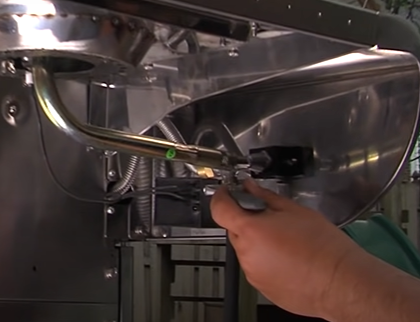
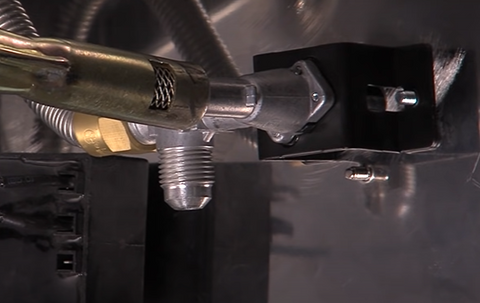
Tips: Liquid propane gas orifice size will be substantially smaller than a natural gas orifice. It is worth mentioning that there are no exact universal orifices, you need to find out which one specially fits your grill model. Note the orifices thread pitch difference, measure yours before purchasing.

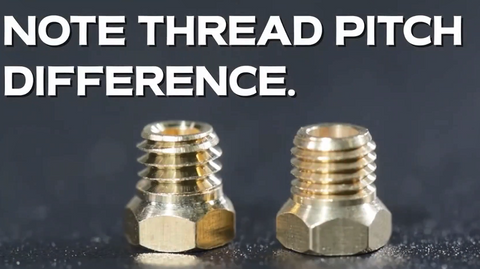
Step 5: Install the Natural Gas Conversion Kit
With the propane components removed, it's time to install the natural gas conversion kit. Begin by attaching the new gas valve to the grill, ensuring a secure connection. Then, replace the burner orifices. Finally, install the regulator if necessary.


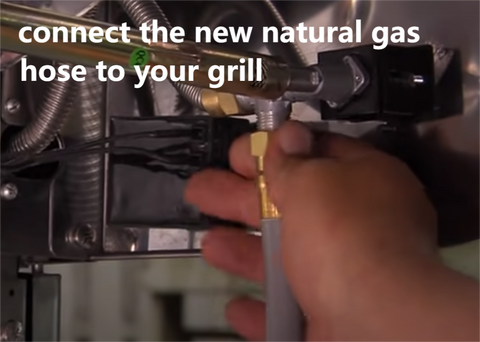

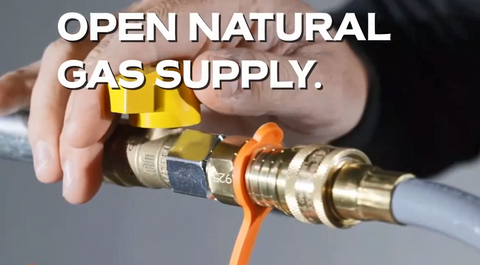
Step 6: Check for Leaks
Once the conversion is complete, it's crucial to check for gas leaks before using your grill. Apply a solution of soapy water to all the connections and look for any bubbles. If bubbles appear, there may be a leak. In this case, tighten the connections or consult a professional for assistance.
Step 7: Test and Enjoy
Test the newly converted grill by turning on the gas supply and igniting the burners. Confirm even and blue flames for proper combustion.
Converting a propane grill to natural gas can be a straightforward process if you follow these steps and take the necessary precautions. If unsure or uncomfortable with performing the conversion yourself, consult a professional for a safe installation.
We have a large number of Parts and Accessories for Fireplace, Fire Pit and Grills. You can search for them in our store. If you need any help, please feel free to reach us at Support@grillpartsreplacement.com.
